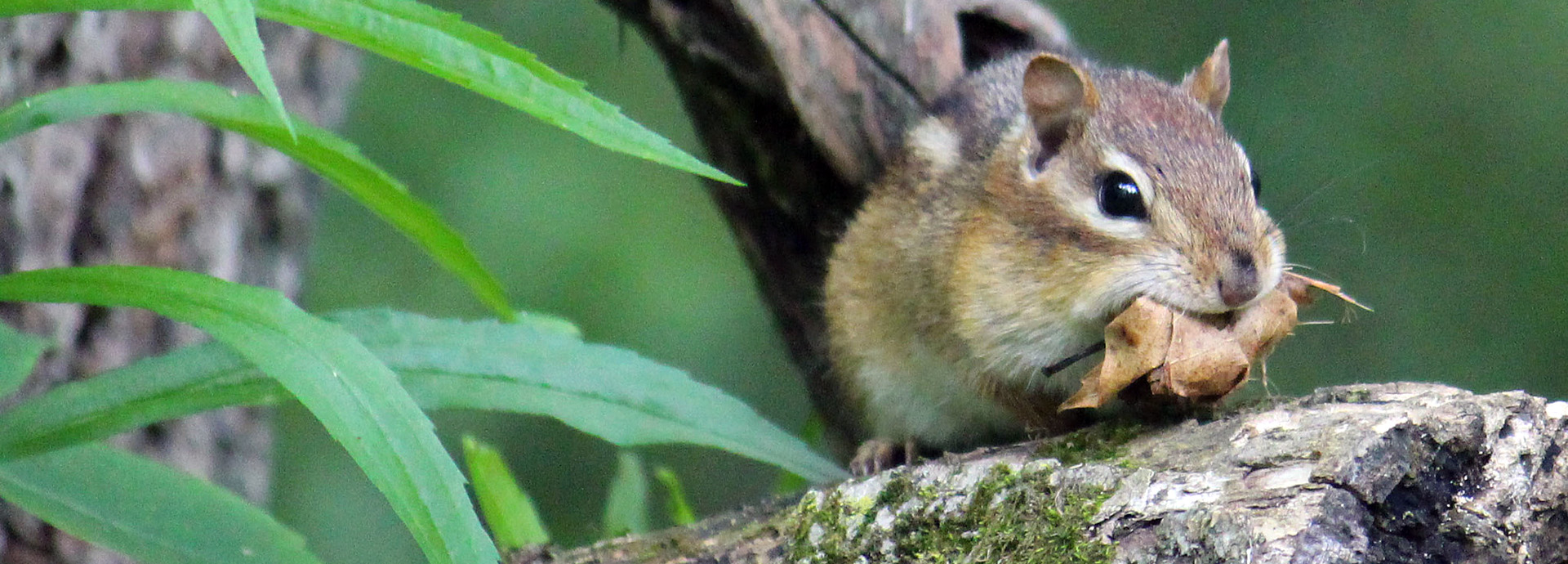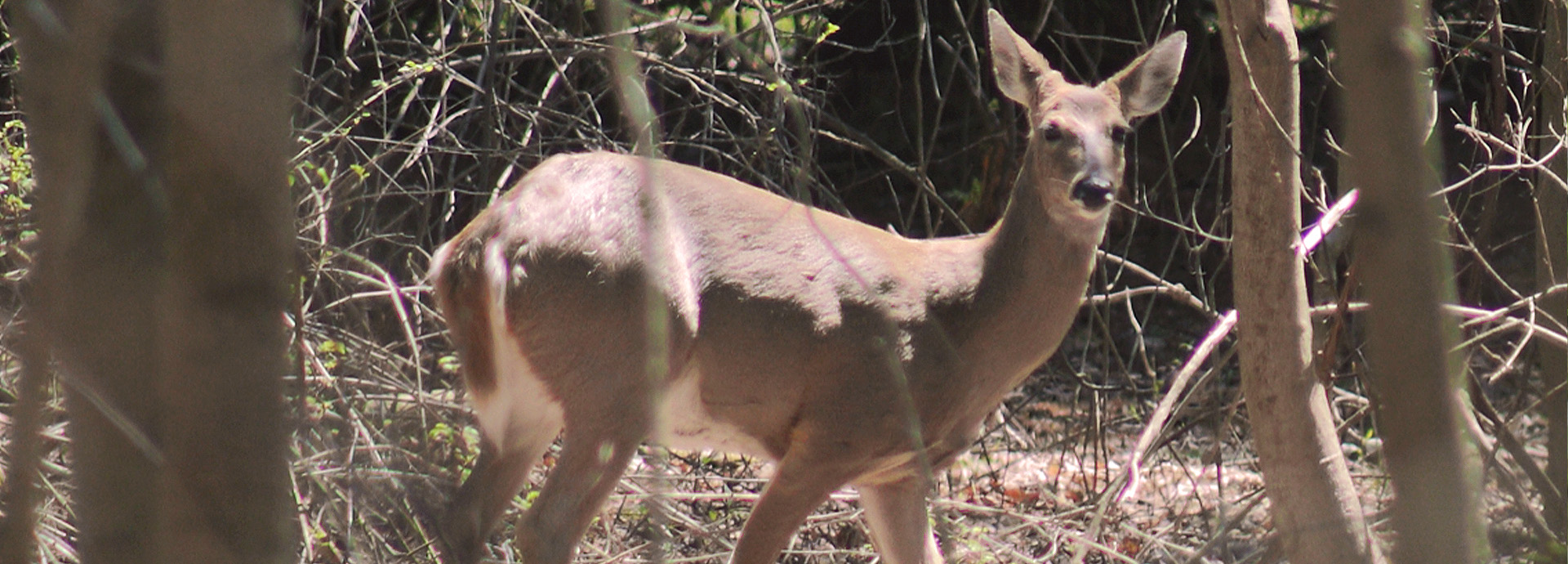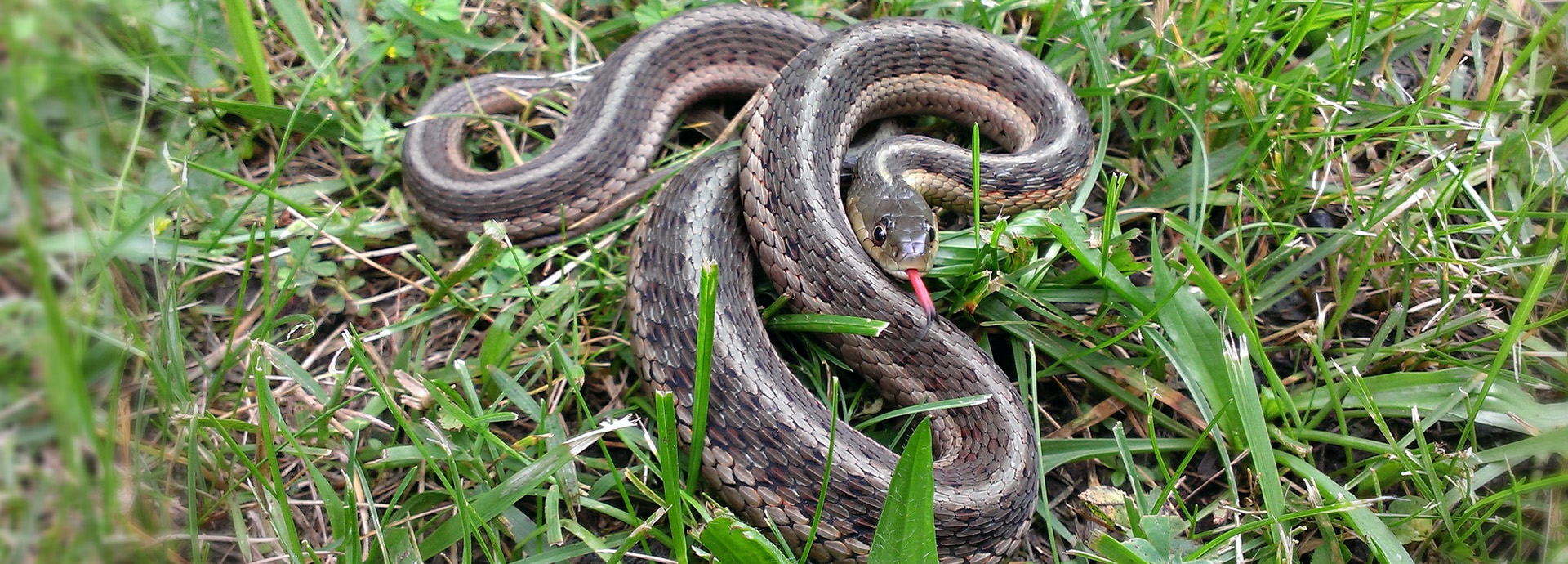
Richland County Park District
Wildlife
Richland County Park District
Wildlife
Richland County Park District
Wildlife
Richland County Park District
Wildlife
Wildlife Emergency
Please note that the Gorman Nature Center does not raise, rehabilitate or release injured or orphaned wild animals. It is illegal to leave animals at the Gorman Nature Center before or after business hours, or to release animals on park property. We are happy to answer questions about your injured, abandoned, or problem animal and guide you towards the appropriate wildlife rehabilitation facility.
Found an Animal?
Please read the following information and take recommended steps before calling Gorman Nature Center:
If you have found an animal that may need assistance, find the correct animal below and read through the information given. If you still have questions (including what to do with orphaned or injured wildlife) you can visit the Division of Wildlife's Species Guide (opens in a new window) (opens in a new window) (opens in a new window) (opens in a new window) (opens in a new window). This page has information on each species that has been documented in Ohio, as well as information on those that are most frequently seen by humans as injured or abandoned.
Raccoons are among one of many animals that are commonly considered "nuisance animals". If you chose to trap an adult raccoon on your property, please be aware that the Richland County Park District does not permit releasing any animals on our properties. Please read the following for information on trapped raccoons.
In Ohio, it is illegal to relocate any animal at high potential risk for rabies (skunk, opossum, raccoon, coyote, fox, beaver). Additionally, it is illegal to "relocate" an animal in a Metro Park, State Park or on any other public land without permission. All trapped animals must be released on the premises where they were caught within 24 hours, or euthanized in accordance with the law (see section 1501:31-15-03(E)(3) of the Ohio Administrative Code).
In addition to being illegal, studies have shown that relocated animals have a very poor chance of survival in new surroundings. Many people like to take wild animals adapted to urban environments and dump them in parks or near farms that are completely foreign to them. This relocated animal not only has to defend itself against resident animals who know the territory, but it must learn to forage in a completely new environment. The stress placed upon the individual will likely lead to its demise.
If you have removed an adult, or simply found abandoned baby raccoons, you are welcome to call any of the licensed rehab facilities listed above. However, many rehabilitators will not or cannot take in raccoons and may provide you an alternative solution, rather than bringing them into their facility.
Deer are the subject of a majority of our calls in the spring and summer. This is because baby deer (fawns) are very commonly mistaken as abandoned or injured.
Does may give birth to between 1 and 3 spotted fawns in the late spring/early summer months. In an effort to keep predators at bay, does will only approach fawns for short periods when they need to be fed. Other times, she will leave them to lie still, camouflaged in their environment, so that she is not bringing unwanted attention to her young. Unfortunately, native forested habitat has been transformed into a more urban environment, making some of the resting spots more obvious and vulnerable to humans. A fawn may often be seen in the same spot for several days until the mother leads the fawn to a new location. Unless there is a dead doe immediately next to a fawn, it is likely not an orphan.
A fawn at rest does not require human intervention. Even if it is in your garden, leave it alone.
If you have an obviously injured rabbit, please call one of the licensed rehabilitation facilities listed above.
The Eastern cottontail rabbit is the most widely distributed species in the U.S. These animals nest in shallow depressions in the ground, usually lined with grass and the mother’s fur. A female cottontail may have up to five litters each year from February through October. They are born in litters of two to eight animals, hairless and helpless with their eyes closed.
Many cottontail rabbits are presumed to be orphaned because the mother normally avoids the nest in daytime, feeding the young between dusk and dawn. Their eyes open at one week, and within three weeks they are weaned and totally independent. A small rabbit with its eyes open, ears standing up and approximately five inches long is self-sufficient and does not need your assistance.
A rabbit’s nest that is in an inconvenient place (like a yard or garden) should be tolerated, if possible, for the short nesting period. An infant Eastern cottontail is in the nest for approximately three weeks from birth to weaning. If you have a nest in a place that you are afraid might be disturbed by pets or vehicles, it can be moved. However, moving the nest is extremely risky to the life of the bunnies. It is recommended that the nest be moved as a last resort only if the nest is in danger of being destroyed.
Laundry Basket Technique:
1. Provide protection for the nest against a dog in the yard (or wandering neighborhood cat) by placing an upside-down laundry basket over the nest during the day. Place a heavy object on top of it such as a brick or a rock.
2. Just before sundown, remove the laundry basket and bring the dog inside so the mother rabbit has access to her young.
3. Replace the basket the next morning.
The longest this will need to be done for is three weeks, since the rabbits will be able to leave the nest at that time. If the babies in the nest already have their eyes open, they are at least a week old. They will need the laundry basket for two weeks or less.
If removing and replacing the laundry basket for two to three weeks is absolutely not possible, cut a softball-sized hole in the basket. This will keep out most dogs, though probably not smaller cats. Laundry baskets are ideal because they offer shade in hot weather, shelter from rain or sprinklers, are well-ventilated, and will not fall apart if they become wet. If no laundry basket is available, a cardboard box or plastic milk crate can be used instead. Cardboard boxes, however, are not durable in the rain, and extra holes will need to be cut for ventilation, especially in warm weather.
If the nest must be moved, it should not be moved more than one or two feet in any direction, or the mother rabbit will not be able to find the nest and will likely abandon it. Another less desirable option if the laundry basket technique won’t work (against very persistent, strong dog breeds) is to designate a secure container in a safe location, place the bunnies in the box in the morning, and replace them in their exact nest location at dusk. Again, this is last resort and puts the bunnies at risk of abandonment.
If you still have questions after reading through these resources, call Gorman Nature Center during business hours at (419) 884-3764 and ask to speak with a naturalist.
